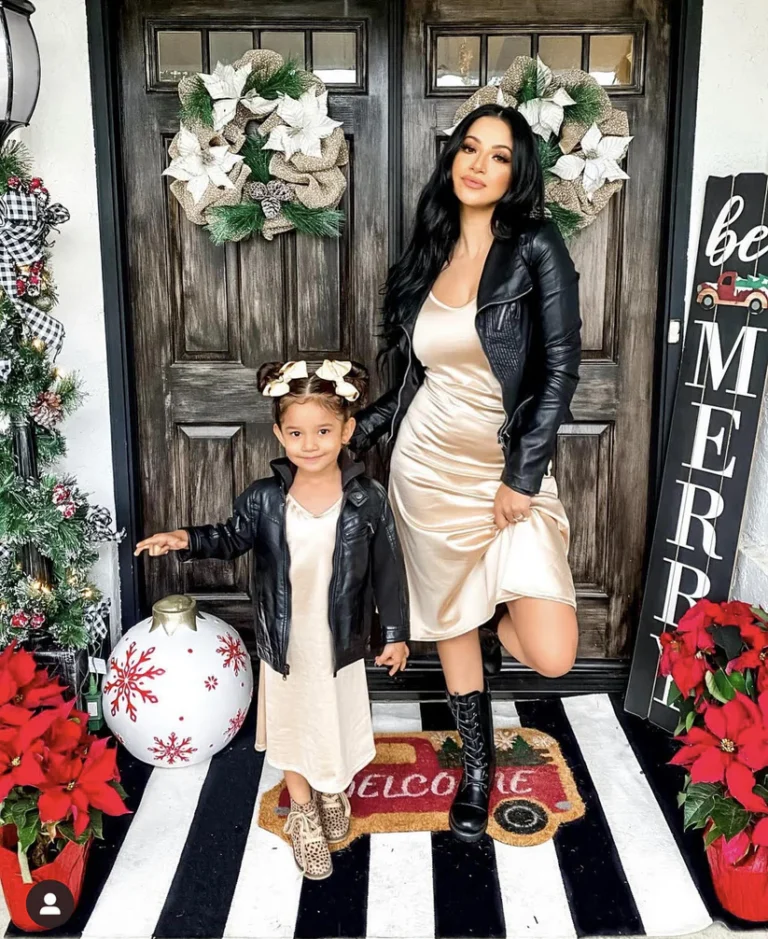Corrugated Boxes Explained: Types, Uses, and Benefits for Businesses
Introduction
Corrugated boxes have become a part of the packaging sector and are used in many companies for safe, efficient, and proficient transport of goods in all industries. Their durability, strength, and versatility show just why they are a safe and proper choice for transiting products. So, let’s delve deep into the realm of corrugated boxes that involve all types of different constructions and ascertain the benefits that make them an essential component for businesses of all sizes.
What Are Corrugated Boxes?
In theory, corrugated boxes consist of layers of paper material. The layers consist of the fluted layer sandwiched between two flat sheets. This kind of construction does provide strength while keeping the box light in weight to reduce shipping costs. Corrugated boxes are different from cardboard boxes, which are general boxes, because they contain a special structure that makes them stand to more forces.
The Construction of Corrugated Boxes
There are three components of a corrugated box, which include the following:
Linerboard: These is the flat outer layers normally produced from kraft paper.
Fluting: These are the wave-like middle layers that provide stiffness and enable it to serve as a shock absorber in the event of impacts.
Adhesive: It is made from starch-based glue that holds the layers together.
Combining all these three elements, a structure is produced that can resist pressure; therefore, corrugated boxes are ideal for delivering fragile and heavy commodities.
Types of Corrugated Boxes
Corrugated boxes vary in type, and each has an intended purpose. The type to be used would depend on considerations about the weight of the product, its environment, or the desired level of protection. Among the most common types are:
Single-Wall Corrugated Boxes
This is the most common type of corrugated box, comprising one layer of fluting sandwiched between two linersboard sheets. Single-wall boxes are best suited for lightweight products and are typically used in the retail and online shopping industries to package products.
Double-Wall Corrugated Boxes
As indicated by the name, double-wall corrugated boxes consist of two layers of fluting between three sheets of linerboard. Double-wall corrugated boxes are strong and less likely to break than single-wall boxes, thus perfect for shipment of heavier items.
Triple-Wall Corrugated Boxes
Extremely heavy or fragile items should be packed in triple-wall corrugated boxes. They possess three layers of fluting, which markedly increases the strength of the box. Triple-wall boxes are frequently used in industrial shipments and export packaging.
Read more: “how many grams is a quarter of weed“
Advantages of Corrugated Boxes
Strength and Ruggedness
The most outstanding advantage of corrugated boxes is their strength. The fluting layer provides rigidity and shock-absorbing qualities, preventing the contents from getting damaged if the boxes are shifted in transit. For such transportation, corrugated boxes are much in demand to carry delicate or high-value items.
Lightweight and Cost-Effective
Even though corrugated boxes are very light in weight despite their strength, the shipping cost is less expensive. The materials used for the construction of corrugated boxes are cheaper and plentiful and hence, inexpensive to the business to be used at any scale.
Eco-Friendly and Sustainable
Corrugated boxes are derived from renewable sources; they are also recyclable easily. Most manufacturers recycle in the production process, which makes a more sustainable package. This makes corrugated boxes one of the most environmentally friendly and reaches today’s growing focus on sustainability.
Customizable for Specific Needs
Like other types of boxes, corrugated boxes are made according to a set of requirements. A company can choose the dimensions and shape of the box based on the product it wants to ship along with its strength. In addition, customized corrugated boxes can be branded with handling instructions to make the unboxing process more wonderful for clients.
Moisture and Temperature Protection
Corrugated boxes are insensitive to moisture and temperature changes; this is crucial when shipping perishable goods or products that require special handling. The layers of corrugated material in corrugated boxes interlock, thus creating a barrier through which environmental influences on the outside do not seep.
Uses of Corrugated Boxes
Corrugated boxes have been used in most industries due to their versatility and reliability. Some of the most common uses are as described below:
E-commerce and Retail
At the helm of one’s e-commerce business, corrugated boxes have played a gigantic role in getting products to the safety of the customer’s doorstep. Due to recent deluges of online shopping, businesses have required strong and effective packaging solutions capable of protection for a wide varieties of items, from electronics to clothing.
Food and Beverage Industry
Food and beverage companies heavily utilize corrugated boxes as they can be in direct contact with food and endure temperature changes. Mostly, fresh produce, frozen goods, and canned products are transported using corrugated boxes.
Pharmaceuticals and Healthcare
In the pharmaceutical and health industries, corrugated boxes are used as primary shipment items that carry fragile medical equipment and other sensitive goods. With that, the stability and flexibility of corrugated boxes are highly appropriate for this purpose and for the assurance that the integrity of the shipped items is guaranteed.
Industrial and Heavy Equipment
Use corrugated boxes, especially the triple-wall types, for heavy-duty applications in the packaging and shipment of industrial equipment, machinery parts, and other large items. These products will be able to endure the transportation process.
How to Select the Best Corrugated Box
Select the correct corrugated box according to your needs; it depends on the following factors:
Weight of the Product
The weight of your item will therefore guide you in determining how many walls your corrugated box will have—whether it’s a single wall, double wall, or triple wall. Heavy items have higher layer requirements for the fluting to be added for more strength.
Shipping Conditions
Take into account the environmental conditions that your product will face during shipping. If your package is going to face moisture, high temperatures, or rough handling, then you will need a stronger corrugated box.
Size and Customization
Corrugated boxes are also sized right to prevent products from shifting in transit; oversized boxes cause the products to shift, and undersized boxes provide inadequate strength for full protection. Added options through customization allow businesses to print their branding and product information directly onto the box.
Conclusion
Their backbone in modern packaging, corrugated boxes sustain through longevity, flexibility, and sustainability. Shipping light, fragile products or bulky heavy machinery depends on the proper corrugated boxes being used, ensuring that goods will arrive in good health. By choosing the correct type and construction of a corrugated box, businesses optimize their shipping processes and keep costs under control.
Contact Us
For inquiries or support, please email us at sales@topusapackaging.com or call us at (707) 267-7296.






